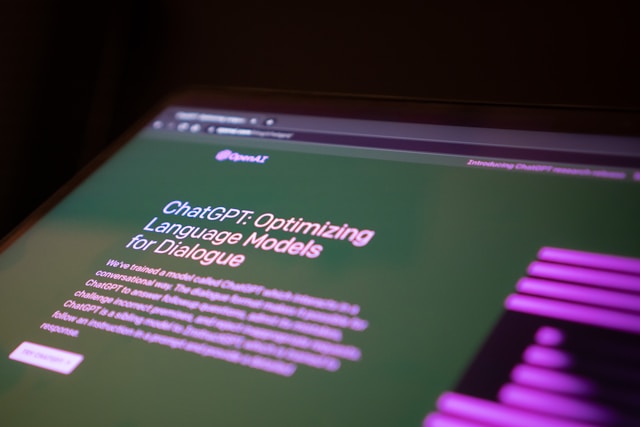European Union officials have unveiled a draft of new, comprehensive regulations for the artificial intelligence industry, aiming to establish a global standard for AI safety and ethics.
Table of Contents
The proposed rules, which build on the EU’s existing AI Act, are among the most ambitious attempts yet to govern the rapidly advancing technology. The framework categorizes AI applications by risk level and imposes strict requirements on those deemed “high-risk,” such as systems used in critical infrastructure, law enforcement, and medical devices.
The proposal solidifies Europe’s position as a leader in tech regulation, following in the footsteps of its landmark GDPR data privacy law. The move is being closely watched by governments and tech companies around the world, as it is likely to have a significant impact on how AI is developed and deployed globally.
A Risk-Based Approach
The centerpiece of the proposed regulation is its tiered, risk-based approach. Instead of a one-size-fits-all set of rules, the framework applies different levels of scrutiny based on the potential for an AI system to cause harm.
The categories are broken down as follows:
- Unacceptable Risk: These AI systems would be banned entirely. This includes applications like social scoring by governments and AI that uses manipulative techniques to exploit people’s vulnerabilities.
- High Risk: This is the most heavily regulated category. It includes AI used in areas like autonomous vehicles, medical diagnostics, and credit scoring. Developers of these systems will be required to conduct rigorous testing, ensure human oversight, and provide clear information to users.
- Limited Risk: AI systems that interact with humans, such as chatbots, would fall into this category. The primary requirement would be transparency, ensuring that users know they are interacting with an AI.
- Minimal Risk: The vast majority of AI applications, such as spam filters or AI in video games, would fall into this category and be largely unregulated.
🌐 The Global Impact and Industry Reaction
Much like GDPR, the EU’s new AI rules are expected to have an extraterritorial effect, often called the “Brussels effect.” Any company, regardless of where it is based, that wants to offer its AI services within the EU’s single market of over 450 million consumers will have to comply with these regulations. This effectively sets a high bar for the global AI industry.
Reaction from the tech industry has been mixed. While many large companies have publicly supported the idea of AI regulation, some have expressed concerns that the proposed rules are too restrictive and could stifle innovation. They argue that the compliance burden for high-risk systems could be substantial and might disadvantage smaller startups. Lobbying groups are expected to be very active as the proposal moves through the EU’s legislative process.
⏭️ Next Steps in the Legislative Process
This draft proposal is not the final law. It will now be debated and amended by the European Parliament and the EU member states, a process that could take more than a year. However, the core principles of a risk-based approach and strict requirements for high-risk applications are expected to remain. The global tech community will be watching these negotiations with intense interest, as their outcome will shape the future of artificial intelligence for years to come.

